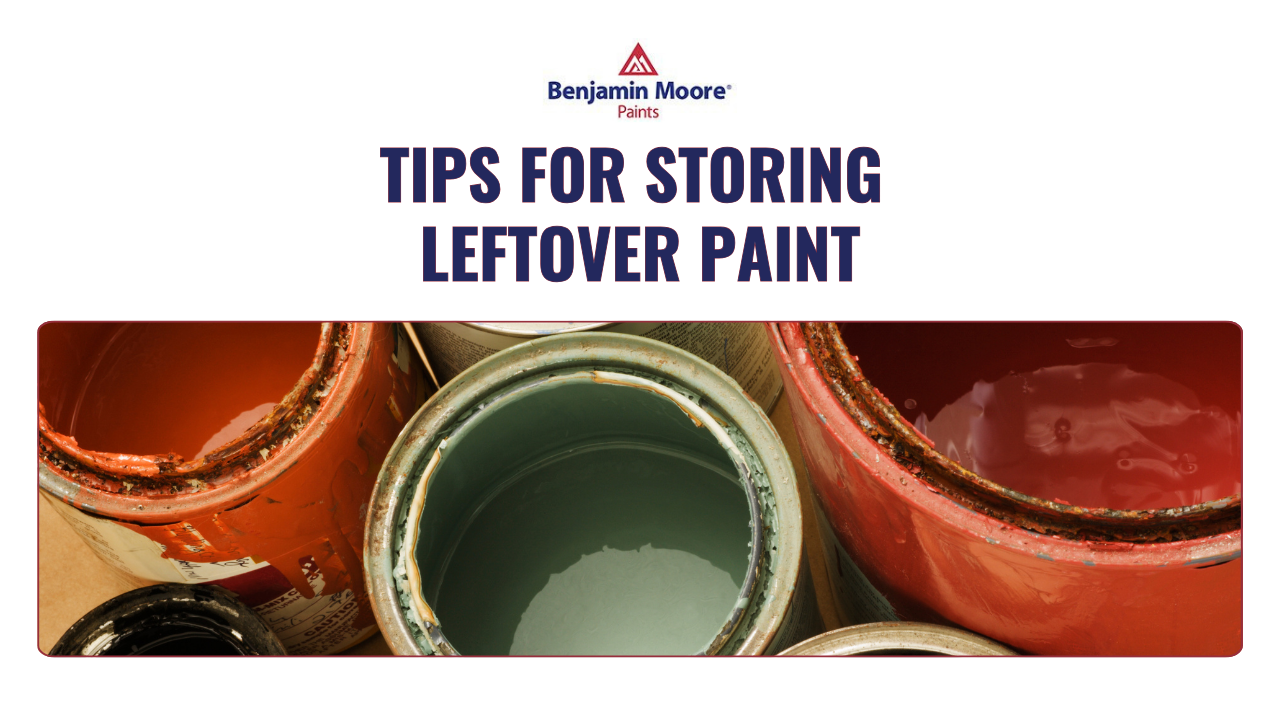
At Serendib Paints, where innovation meets quality and customer satisfaction, we understand that the journey of transforming your space with colours doesn’t just end with the application. Leftover paint, a common aftermath of both small and large projects, often poses a question: How should it be stored effectively for future use? Storing paint correctly ensures that its quality is maintained, making it ready for your next creative endeavour or touch-up job.
In this blog post, we’re sharing essential tips and best practices for storing your leftover paint, derived from our extensive experience and dedicated service in the architectural coating industry.
Choose the Right Location
First and foremost, the storage location plays a pivotal role. Paint should be kept in a cool, dry place away from direct sunlight. To prevent accidental ingestion or misuse, ensure it’s out of reach of children and pets. Also, avoid storing paint near food and beverages to prevent contamination.
Keep the Container Secure
Whether it’s latex or oil-based paint, always aim to store it in its original container, which is designed to keep air out and maintain the paint’s consistency. Before sealing, wipe away any excess paint from the rim and lid to ensure an airtight seal. If the original can is damaged or lost, transfer the paint to a clean, corrosion-resistant container, ensuring it is just big enough to hold the paint and minimize air exposure.
Temperature Matters
Maintaining an optimal temperature is crucial for paint storage. The ideal temperature range is between 60-80 degrees Fahrenheit (15-27 degrees Celsius). Extreme cold or heat can ruin the paint, making it unusable for future projects. If you’re storing paint in places like a garage or shed, ensure it’s insulated or temperature-controlled.
Prevent Rust
For metal paint cans, a little preventive maintenance goes a long way. To prevent rusting, place a layer of plastic wrap under the lid when sealing it. Rust particles can contaminate paint, affecting its color and texture.
Label for Future Use
Take the guesswork out of future projects by clearly labeling each paint can with the date of purchase, color name, and the room or project it was used for. This simple step can save you time and ensure consistency for touch-ups or new projects that require the same shade.
Assess Before Use
Even with proper storage, always check your stored paint before reuse. Look for signs of spoilage such as a foul smell, skin formation, or a separation that can’t be remixed. If the paint has gone bad, it’s better to dispose of it properly and start fresh.
Embrace Sustainability
At Serendib Paints, we encourage sustainability and mindful use of resources. If you have leftover paint that won’t be used, consider donating it to community projects, local theaters, schools, or recycling programs.
Remember, your world in colour is an ongoing journey. By following these storage tips, you not only extend the life of your paint but also contribute to a more sustainable and creative painting practice. Visit us at Serendib Paints for more advice, premium products, and unmatched customer service to brighten your life with colours.
